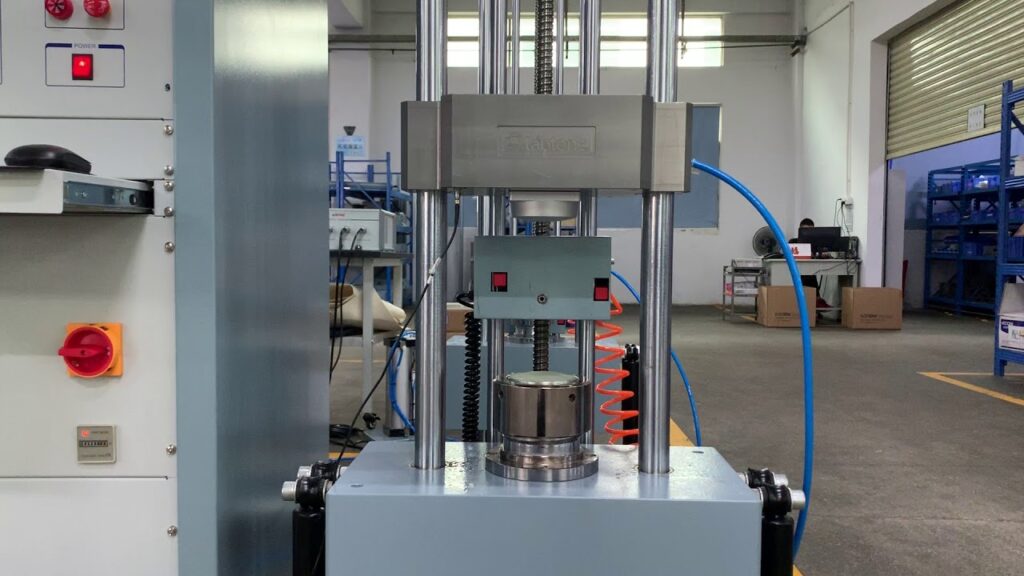Mechanical shock testing is a crucial methodology employed to unveil the performance limits of various products and materials under extreme conditions. It serves as an invaluable tool in ensuring the durability, reliability and safety of products, ranging from consumer electronics and automotive components to aerospace systems and military equipment. By subjecting these items to controlled and abrupt mechanical shocks, engineers and researchers can gain profound insights into their resilience and potential weaknesses. The fundamental principle of mechanical shock testing revolves around the imposition of sudden, intense forces on the test specimen, replicating the impact experienced during transportation, handling or real-world scenarios. Such impacts might arise from accidental drops, collisions or sudden accelerations and decelerations. To emulate these scenarios, specialized testing equipment such as shock machines or drop towers are employed. These machines generate precise and repeatable shock pulses, with varying amplitude, duration and waveform, ensuring a comprehensive assessment of the product’s performance.

The testing process starts with careful test specimen preparation and sensor instrumentation. Engineers meticulously choose the locations for mounting accelerometers, strain gauges and other sensors to capture critical data during the test. The test specimen is then securely fixed to the testing platform to ensure proper alignment and reproducibility of results. Once set up, the shock machine is engaged, propelling the specimen to endure the sudden mechanical force, which can be in the form of a single shock event or a sequence of shocks, mimicking real-world scenarios. The data collected during mechanical shock testing provides engineers with a wealth of information. They can analyze the acceleration, displacement, velocity and strain experienced by the specimen, revealing the points of vulnerability and the ultimate failure thresholds. By correlating the test results with established performance criteria and regulatory standards, engineers can make informed decisions about product design improvements or identify the need for additional protective measures.
Furthermore, mechanical shock testing contact ats labs plays a crucial role in enhancing product design and development processes. It enables engineers to iterate and refine prototypes until they meet the desired performance specifications and reliability objectives. Moreover, the insights gained from these tests contribute to the optimization of materials used in the product’s construction, ultimately leading to more robust and resilient designs. In conclusion, mechanical shock testing is a powerful tool that enables engineers and researchers to push products to their limits and discover potential weaknesses. By subjecting test specimens to abrupt and intense forces, this testing methodology provides critical data on product durability, safety and overall performance under extreme conditions. Armed with this knowledge, engineers can enhance product designs, make informed decisions and ensure that the products they create can withstand the challenges of the real world. Whether it is an electronic device, a vehicle component or a sophisticated aerospace system, mechanical shock testing is an essential step towards delivering high-quality, reliable and safe products to consumers and industries alike.